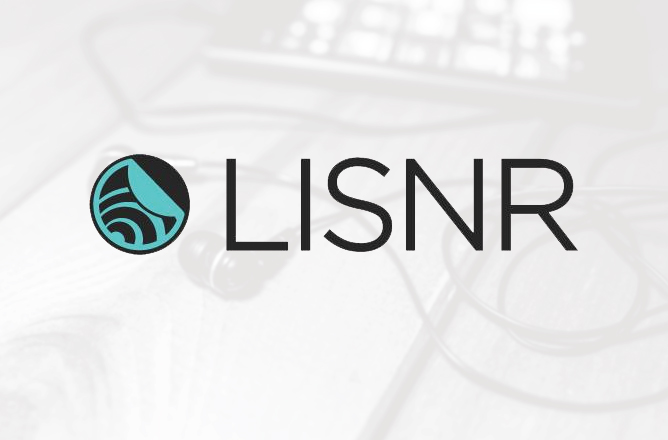Q&A With LISNR CEO Rodney Williams

LISNR in Cincinnati, Ohio, had a huge year in 2017. The communication technology company seemingly made headlines every month with exciting updates to their data-transmitting sound technology. They were named a “Top 10 startup to watch in 2018,” receiving a CES Innovation Award for a second straight year, announced partnerships with Jaguar Land Rover and Ticketmaster, raised additional capital on top of the $14.4 million they had raised to-date, unveiled plans for a state-of-the-art $7 million high-tech headquarters in the Cincinnati’s West End, and more.
We’ve been following this innovative company for years following an investment from CincyTech, a southwest Ohio regional partner of Ohio Third Frontier, and later to highlight the compelling background of founder and CEO, Rodney Williams.
It’s been a while, so we reached out to catch up with Rodney and asked him about the exciting updates from LISNR over the past year and the direction of the company moving forward.
The following are excerpts of our conversation.
Q: The focus of the company seems to have evolved over time. Why is that?
A: To the naked eye it may seem like we’re going in a lot of different directions—but we’re really not. We’re a technology company with only one product, which is software that transmits data wirelessly using sound—data over audio. When someone buys our product, like a Ticketmaster or Jaguar Land Rover, they’re buying the same product and applying it to their particular industry and solution.
Q: Data over audio. How exactly does that work?
A: Oh, man. Now I’ve got to talk tech. The oversimplification is sort of like Morse Code. Click click, click click, click click. It would take a pretty long time to relay a message to someone based off only clicks. But what if I told you that we sort of started out as clicks? Then we asked ourselves, “How can we increase the amount of data we can send per transmission? Add more clicks.” In time, clicks turned into text and text then turned into binary data. By creating more complex schemas for our audio, we’re able to pack more data into less audio.
Our technology encodes data, like text, into our audio, or sounds undetectable by the human ear and unaffected by background noise. When it’s transmitted to another device, it’s decoded back into its original message.
Read the full story at TechOhio.